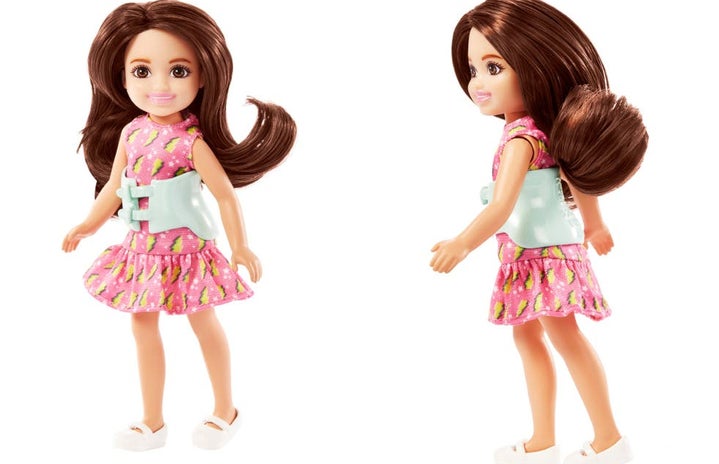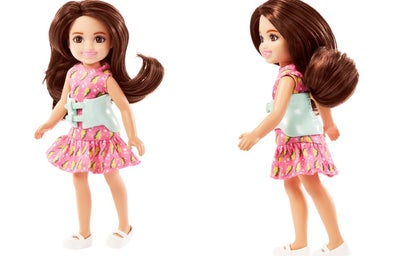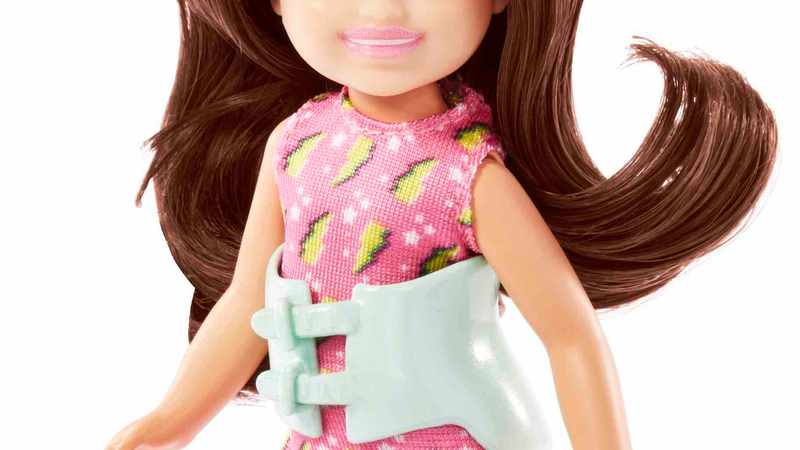In late January, Mattel unveiled their first barbie doll to have scoliosis in order to continue their release of inclusive dolls. Rather than it be Barbie, the doll with scoliosis is a Chelsea doll, who is Barbie’s little sister.
The Mattel team worked closely with neurosurgeon and specialist in spinal disorders, Luke Macyszyn, in order to give the doll the most accurate depiction of scoliosis possible.
The doll features a back brace, as well as many noticeable features one with scoliosis has. This includes uneven shoulders, a torso leaned over to one side more than the other and a curve in her back.
This type of representation for scoliosis is so important, especially with how common of an abnormality it is. Scoliosis is an abnormal curvature of the spine. According to Spine Universe, approximately 3 million new cases of scoliosis in children are documented each year in the United States with about 29,000 adolescents needing surgery for it annually.
The most common type of scoliosis is diagnosed when children are between the ages of 11 and 18, called idiopathic scoliosis. To have a barbie doll around that age, made for children going through the same thing, helps in so many ways through normalizing the condition.
I was first diagnosed with scoliosis in 7th grade. From there, it progressed severely to the point where I almost needed surgery to correct the curvature. My family decided that putting me in a back brace, like the one Chelsea has, would be the best way to go about treatment since it is a major surgery.
I first started wearing the brace freshman year of high school. I was miserable. Not only did I have to sit all day with a hard plastic shell encasing my abdomen, but I also felt so alone in my journey with scoliosis.
Sure, some of my friends had scoliosis. But when they told me they only had around a 10 degree curve, I felt so envious. Although I didn’t feel any pain from my S-shaped spine, I suffered from a lot of body image issues because of it. I would always, and still do, wonder what I might look like with a normal torso. Additionally, there was so much embarrassment I had surrounding my brace. I was always pulling down my shirt to make sure no one could see it, and I tried my best to not make it a topic of conversation amongst my friends.
That’s why this doll is so important.
If Barbie released her six years ago, I would feel so much more at peace with the condition. Even though no one close to me was going through anything virtually close to what I was at that time, at least there would have been this doll to normalize it.
I am so happy for all the kids that get to have this doll to help them through this tough journey. People on social media have already commented on the doll saying things like, “I feel so represented,” “I needed this as a kid” and more.
This type of recognition and awareness for disorders that impact so many young people needs to be stressed upon, since it can help so many people at a formative age.
Thank you, Mattel.
You can buy the doll online here.



